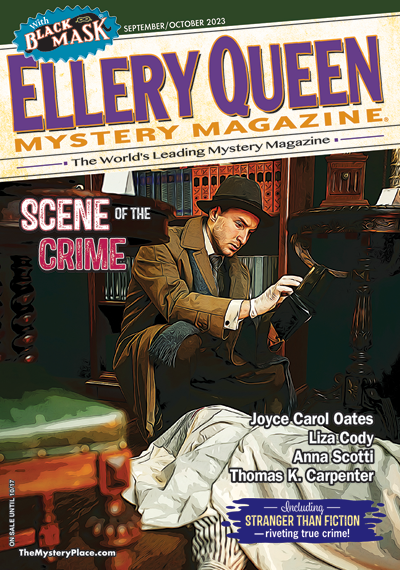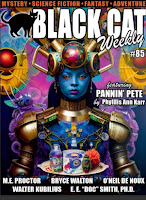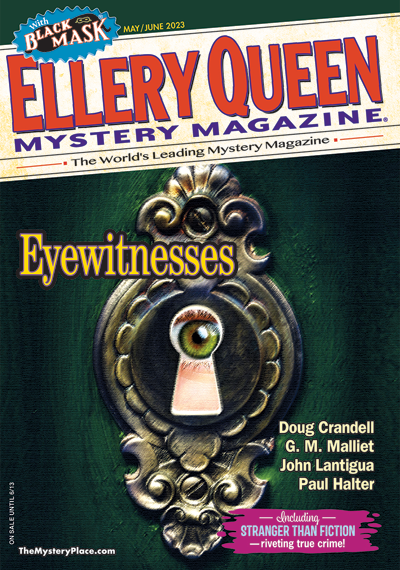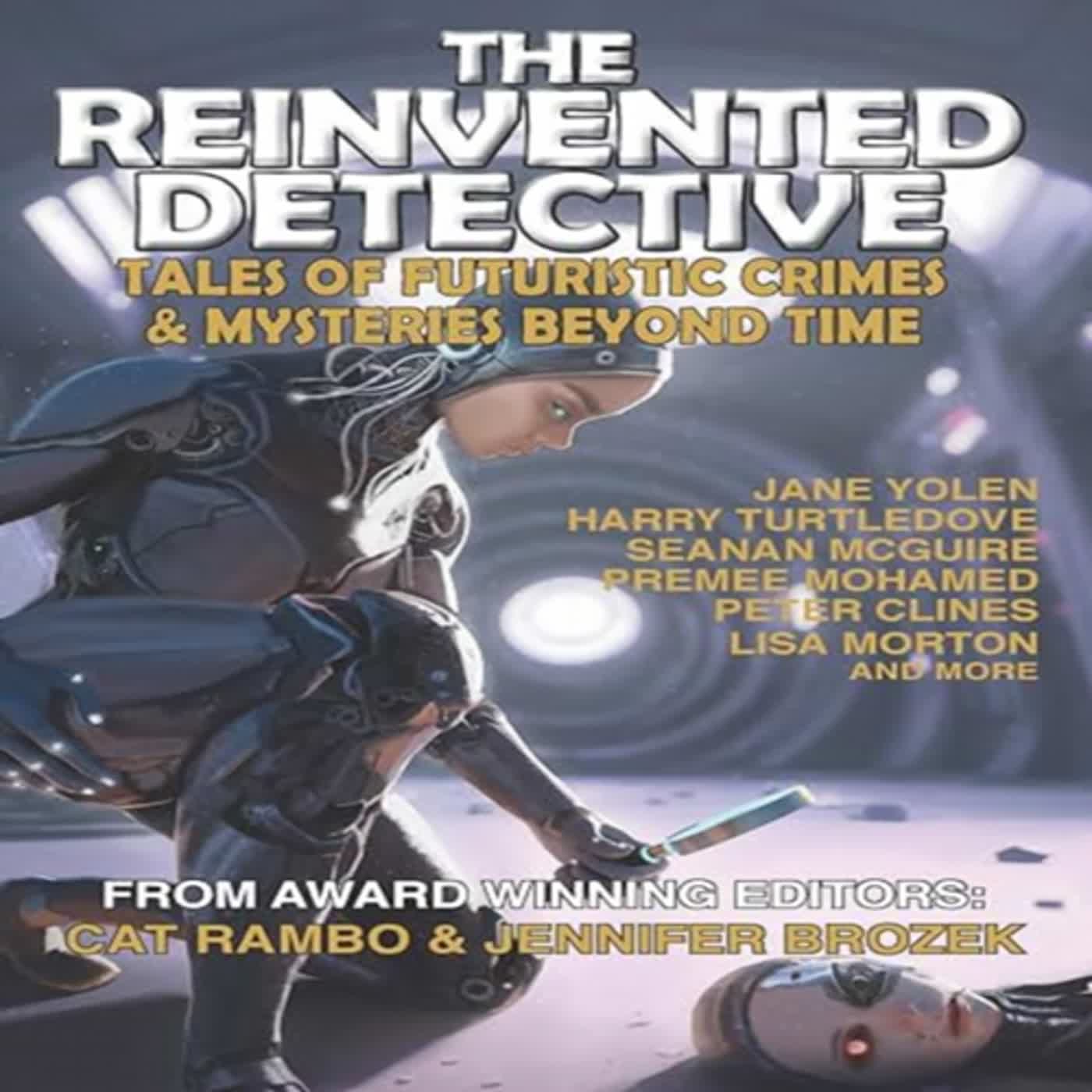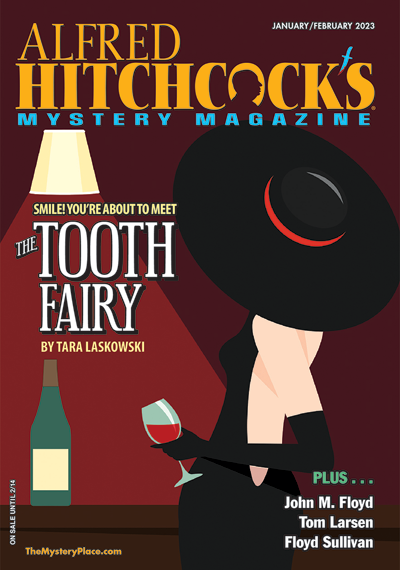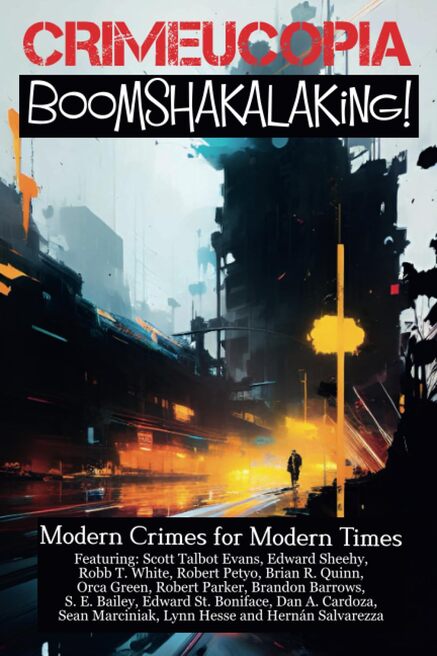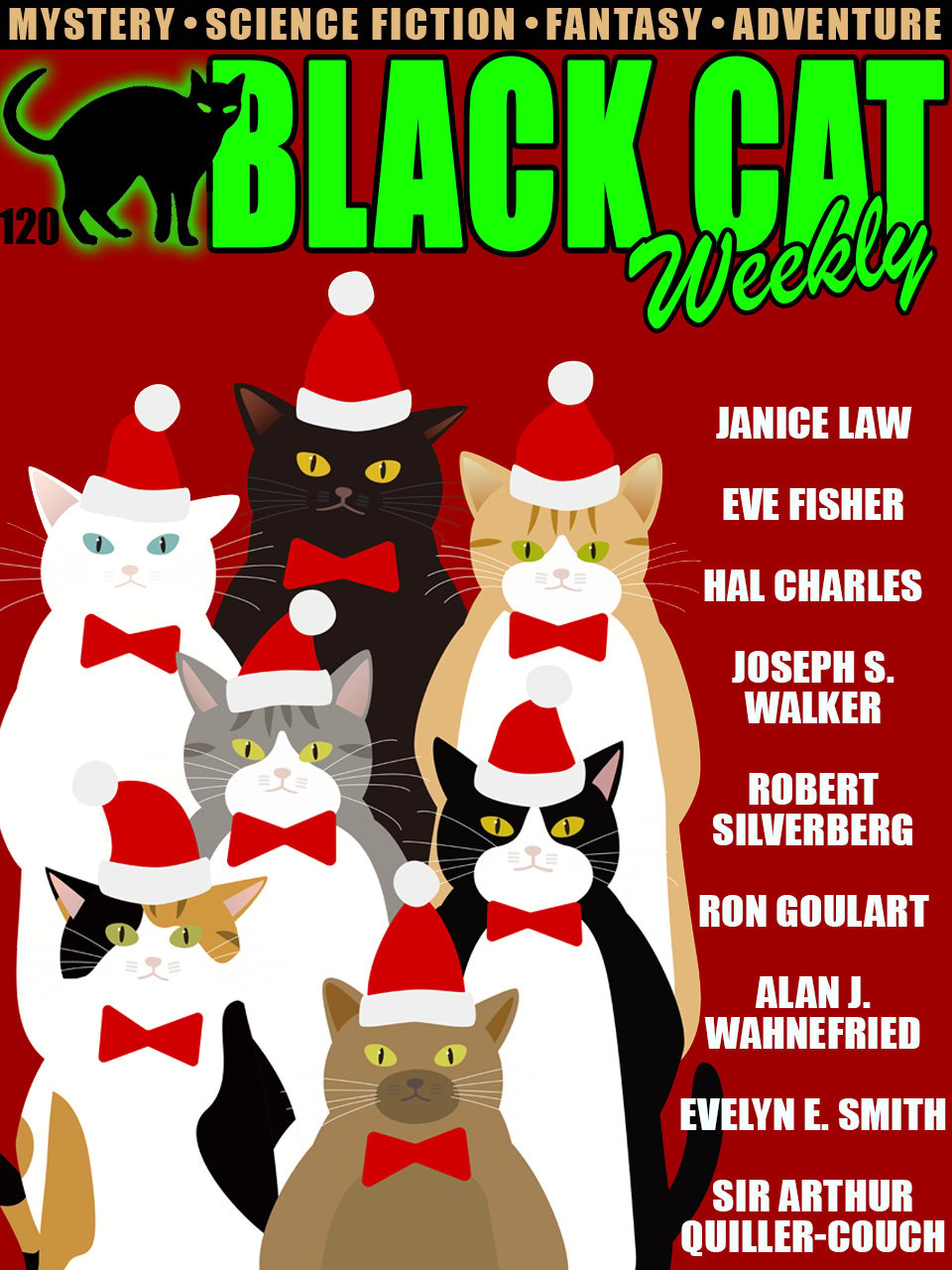 |
| This guy. |
Hail and well met again, fellow Sleuthsayers!Sorry for the brief hiatus, our old friend COVID-19 chose to darken our door and Casa Thornton quickly devolved into Casa Sick-Sick-Sick, and when my last turn in the rotation circled around I was flat on my back, so called for a pinch-hitter. Thanks to my rotation mates for having my back! And now, as promised, the second part of my two-parter about a man who was either one of history's great memoirists or one history's great self-promoters, or, perhaps, some combination of the two?
Ladies and Gentlemen: James Leander Cathcart!
A quick refresher, quoted from
last time around's posting:
Cathcart was born in Ireland in 1768, sent to the American colonies to be raised by a sea captain uncle, Cathcart went to sea early, and in 1785 was taken captive by Algerian pirates while serving on a merchant brig, the Maria, out of Boston.
As with so many captives whose families didn't pony up ransom payments, Cathcart was initially put to work doing slave labor on construction projects in and around the port. Through a combination of good luck and pluck on his part, he was able to parlay a stint as a gardener in the palace of the dey (ruler) into a change of his status. Over the succeeding eleven years, Cathcart managed to claw his way up to working as the dey's secretary responsible for translating and leading ransom negotiations with the diplomats of "Christian" nations looking to conduct business in the Mediterranean unmolested by such pesky inconveniences as Algerine raiders.
In 1796 Cathcart was tapped to negotiate his own release in addition to that of his surviving colleagues from the Maria. Once a treaty had been drafted, the dey sent Cathcart to the United States to deliver it. It is a measure of Cathcart's success as a "slave" of the dey that he actually owned the ship in which he traveled to Washington, D.C.- bought with the profits Cathcart had raked in thanks to the contacts he made while in the dey's service.
Once freed Cathcart married the daughter of a prominent Philadelphia family, began having children (the couple eventually had twelve), and embarked on a career as a diplomat, filling minor posts in places such as Madeira (where one of his sons, a future U.S. Senator from Indiana, was born).
Oh, and he kept a journal of his time as an Algerine slave.
* * *
Let's get to it:
The Maria of Boston, on which I had embarked, was captured three miles southeast of Cape St. Vincent (Southeast point of Portugal) on the 25th of July, 1785, and arrived at Algiers on the 4th of August following.
The opening sentence of James Leander Cathcart's tale of his eleven years as first a captive, then a slave of the dey of Algiers ("dey," "bashaw," and "bey" being local Arabic terms for the military dictators who served as nominal representatives of the Turkish sultan). It is the most succinct his narrative gets. History does not present us a transcription of Cathcart talking, but if it's anything like his writing, "florid" would not be too strong a word. I can't help but wonder how anyone else ever got a word in edgewise. For example, a description of the conditions below decks on the xebec (literal pirate ship) that took them prisoner:
It is impossible to describe the horror of our situation while we remained there. Let imagination conceive what must have been the sufferings of forty-two men, shut up in a dark room in the hold of a Barbary cruiser full of men and filthy in the extreme, destitute of every nourishment, and nearly suffocated with heat; yet here we were obliged to remain every night until our arrival in Algiers and wherever we were–either chased or in chase.
 |
| Algerian xebecs in the foreground of this painting by Antonio Barcelo. Note both the sails and the oars. |
And then they got to Algiers:
We arrived in Algiers on the eve of the feast that follows Ramadan (Eid al-Fitr-
B.T.)
and, being private property, were conducted to the owner of the cruiser's house, having first been entirely stripped of the remnant of our clothes which remained. I was furnished in lieu therof with the remains of an old dirty shirt and brown cloth trousers, which formerly belonged to a Portuguese fisherman and were swimming with myriads of vermin, which, with the crown of an old hat, composed the whole of my wardrobe. The rest of my brother sufferers were in no better condition.
Eventually Cathcart and several other American prisoners were bought by the dey (again, the local top kick and Sultan's personal representative), and he found himself tending animals in the dey's garden:
We were now taken to the hot bath by the other Christian slaves and cleansed from the filth of the cruiser. Our old rags were changed for a large shirt with open sleeves and large pair of cotton trousers, a pair of shoes and a red cap, all made in Turkish fashion, in which, no doubt, we made a curious appearance. We were allowed to remain together that night and fared sumptuously in comparison to what we had some time before, and, being clean. slept for several hours as sound as any people could do in our situation. In the morning, we awakened much refreshed and were stationed at our respective duties: two were retained as upper servants; one was sent to the kitchen: and myself and another were doomed to labor in the palace garden, where we had not a great deal to do, there being fourteen of us, and–the taking care of two lions, two tigers, and two antelopes excepted–the work might very well been done by four.
Hot bath? Clean clothes? Spiffy red hat? Cake day job? Things are going Cathcart's way, right? Well, he got bored, and started teaching his fellow slaves Spanish and French, and how to read. And thus, he ran afoul of the dey's right-hand man: his chief chamberlain "Ciddi Aly" (likely "Sidi Ali," or, in the local Maghrebi dialect of Arabic: "Master Ali."):
This (his educational efforts) procured me the title of the false priest, the moshabbe, and many other names of a similar nature from the chamberlains: and as the lower class, to ingratiate themselves with their superiors, generally imitate them, these appellations proved a great source of disquiet and involved me in continual disputes both the chamberlains and Christians. As I always refuted their arguments, it ultimately procured me many enemies, among them Ciddi Aly (sic), the chief chamberlain, who uniformly persecuted me through the rest of my captivity until he was ultimately expelled from the regency (the dey's government) by Hassan Bashaw (who succeeded to the throne as dey of Algiers in 1791).
Interspersed with his account of his personal adventures, Cathcart delivers description after description of life in 1780s Algiers:
A little more than two months after my admission to the dey's garden, the slaves were permitted to go out into the town in consequence of the great festival (likely Eid al-Adha) of which the first and last day is celebrated in the palace with feasting, music, wrestling, and fireworks of very poor construction, before the palace gate. In the morning of the first day, the banner of Mahomet (sic) is hoisted on the palace and the national flag on the fortifications are fired, those next to the sea with ball (cannon balls!).
Cathcart continues:
When the wrestling is ended, the officers of the regency and inhabitants kiss the dey's hand while [he is] seated on his throne, having the Hasnagi Agas ("khaznaji": "treasurer," and "Aga" is a term of respect akin to "sir.") at Hodga Beitelmel ("Bayt al-malji": "the keeper of forfeited property") and vikilharche of the marine ("wakil al-kharj": the official in charge of "maritime affairs," the de facto foreign minister of Algiers) standing on his left hand, and the chauxes ("shawushes": ushers or guards.) and other inferior officials behind them. After the Mussulmen [Muslims] have all performed this act of humiliation and respect, not even excepting the hangman and scavengers, the consuls have that honor conferred on them, next to them the head clerk, and then the chief of the Jewish brokers of the palace and their dependents (Nearly all banking and finances of any real significance in the North African Maghreb region was conducted by a vast network of Jewish banking families). The dey then invites the five grandees (bigwigs) to dine with him in his apartments; they are joined by the chief cook. After dinner they retire to their respective houses, and the dey generally goes to visit his lady if he is married; if not, he retires to sleep.
 |
| The crumbling interior court of the ruined remnant of the dey's palace in Algiers. |
Cathcart's descriptions of settings, buildings, landscapes could also be quite vivid:
The Bagnio Beylique (the local prison)
is an oblong hollow square, 140 feet in length and sixty in breadth, is three stories high, and may be about fifty feet high to the top of the terrace. The whole of the apartments are built upon arches and have no windows, except a small iron grating in each of the upper apartments, and receive the light and air from the doors.
This edifice he in turn peopled with a "colorful" and distinctive set of guards:
The gates of the prison were....shut for the night, a heavy chain was drawn across the inside of the outer gate, and the inner one was bolted and locked. The prison was now under the control of the Christian corporals, who were all deserters from the Spanish garrison of Oran, where they had been banished from their country, either for murder or theft, and, before their appointment here, had in general signalized themselves as the most hardened villains in the regency.

A prison completely manned by Spanish cutthroat deserters? Picaresque? Sure. But read the detailed exchange below that Cathcart recalls occurring between himself (once he had learned Arabic) and the head jailer at the bagnio, an aged scoundrel named Ibram Rais:
"You are all young and healthy and too well clothed for slaves. You shall have something to divert you tomorrow....I will show you how I was treated at Malta (where he had been a slave of the Christians there). Here, sbirro ("jailer"), put stout rings on these gentlemen's legs and let them be awakened and brought to me before daylight at the marine gate."
The head clerk then interfered and informed him that we had committed no fault and that the haznadar (a palace official) had ordered him to have them sent to the marine (the harbor). "They shall go to the marine," answered the surly guardian, "but from thence I will send them where I please. They don't know what slavery is yet; it is time they should learn. I have not forgot the treatment I received from Christians when I was a slave."
I observed that I was an American and that it would be extremely hard hard for me to suffer for the injuries he had received from the Maltese, who were situated at the distance of six thousand miles from my country and were likewise of a different religion (Cathcart was a Protestant, and Malta was then as now, overwhelmingly Catholic), which taught them from time immemorial to view the Mahometans (sic) with enmity; but that in America there probably had never been a Mussulman and that we had never been at war with any nation of that religion.
"True," answered he (curling his whiskers), "but you are Christians: and if you have not injured Mussulmen, it was not for the want of will, but for want of power. If you should chance to take any of our cruisers, how would you treat our people?"
"That will emtirely depend on how you treat those of my nation whom you have captured," I answered, "and you may be assured, sir, that my nation will retaliate upon those who treat their unfortunate citizzens with undeserved cruelty."
"Slave!" answered he, "I am not accustomed to listen to the arguments of infidels. You are too loquacious for a young man. Retire immediately, and for the future, be silent and obey."
"I shall obey, sir, but never be silent while there remains a higher tribunal to appeal to."
The above exchange beggars belief. While definitely written in the sort of melodramatic tone typical of much of the literature and even travel writing of the era, it is difficult to believe Cathcart would have been able to get through this dialogue without getting beaten, or at least knocked to the ground. He was, after all, a Christian slave speaking with a Muslim prison jailer in a far less enlightened age.
I mean, come on. The "villain" even strokes the ends of his mustache!
And therein lies the rub with a lot of what Cathcart tells us: he is in many ways the hero of every exchange, getting the last word or getting the better of an adversary. While his descriptions are valuable, his narrative is for the most part, highly suspect.
Which brings me to yet other accomplishments dubiously attributed to Cathcart: a wartime escape from a British prison ship during the Revolution, any number of expenses he racked up both as a slave secretary of the dey of Algiers and later as a diplomatic official both in North Africa and elsewhere. These accomplishments are dubious for us, because it is only in Cathcart's own narrative that we find confirmation of them. The rest of the historical record remains altogether silent.
So was Cathcart writing this journal to inform or to lionize himself? Well....
Which is part and parcel of why I find Cathcart so fascinating. A flawed man, clearly talented and resourceful, and possessed of the gift of gab. And yet given to exaggeration?
This narrative becomes even more puzzling when one factors in the fact that Cathcart never attempted to publish his narrative. His daughter edited and privately published it fifty years after his death in 1843. So maybe he was "showing off" for family only, never dreaming his reminiscences about his time in Algiers might be subjected to any sort of serious scrutiny?
Cathcart did marry well, and spent decades in a number of minor diplomatic posts, then in semi-retirement, serving as a clerk in the Treasury Department in Washington, D.C., all the while repeatedly petitioning for compensation of his "considerable expenses." His efforts in this endeavor came to naught. Bitter and disappointed, Cathcart wrote shortly before his death that he had spent years "faithfully serving an ungrateful country."
But boy, what a character, eh?












